Your home's exterior is one of your property's defining characteristics. Plumbing pipes can pose as an eyesore, ruining your aesthetic. Looking for creative ways to camouflage them out of sight can be challenging, so how exactly can you make it work? We have scoured for innovative solutions to find out.
Here are ways you can restore your exterior facade:
- Build wooden boxes around the pipes
- Cover up with plants and shrubs
- Camouflage through paint
- Add matte coating
- Hide with decorative pipe covers
- Cover up with washi tapes
- Use exterior fixtures
Hiding unsightly fixtures can be difficult, especially if there are a lot. Fortunately, there are many innovative solutions you can try and ways you can work around it design-wise. If you want to learn more about hiding plumbing pipes--outside or inside--keep reading below!

How to hide exterior plumbing pipes
You either embrace or conceal exposed pipes. Some aesthetics work with them, while some make them stick out like a sore thumb.
Plumbing pipes can have a charm of their own depending on your flair, but it is best to hide them not only for aesthetic purposes but also for protection and functionality.

Hiding exposed pipes--especially on the exterior--will help protect it against pest-caused damage, weather-related damage, and corrosion. Covering them up will allow better insulation, protecting them during unpredictable weather patterns.
Below are creative ways you can hide and add a layer of protection to your exterior plumbing.
Build wooden boxes around the pipes
Wooden boxes effectively conceal exterior pipes. They also make your facade look more rustic, especially if you add in potted plants. These wooden boxes can protect your pipes against pests and animals, making them last longer.
You don't have to shell out a lot with these wooden boxes. There is much pre-cut wood available at the hardware store that you can purchase.
Boxing the pipes is also an excellent option for when you want to organize them together. If you want to tone down its rustic appeal, you can paint it with a color that matches your house better.
Cover up with plants and vines
We may include affiliate links and curated AI content to highlight top design styles.

A quick fix for exposed pipes would be to pair them with plants. Greenery can brighten up any space and transform an eyesore into an ingenious and nature-inspired design.
Layering the pipes with leafy vines--real or fake--can elevate your facade's look. It adds a whimsical appeal to an otherwise industrial-looking exterior pipe.
For low-lying exterior pipes, you can go for the low-maintenance sansevieria plant or some thick shrubs.
However, take important note that some plants may not fare well with exterior pipes. Some shrubs actively look for a good water source for it to keep growing, so they may somehow pierce your sewer system or the pipes themselves since it is the closest water supply.
It is best to avoid boxwood shrubs, holly bushes, and ivy plants since they tend to cause problems with the pipes and plumbing system.
Check out this fake vine on Amazon.
Camouflage through paint
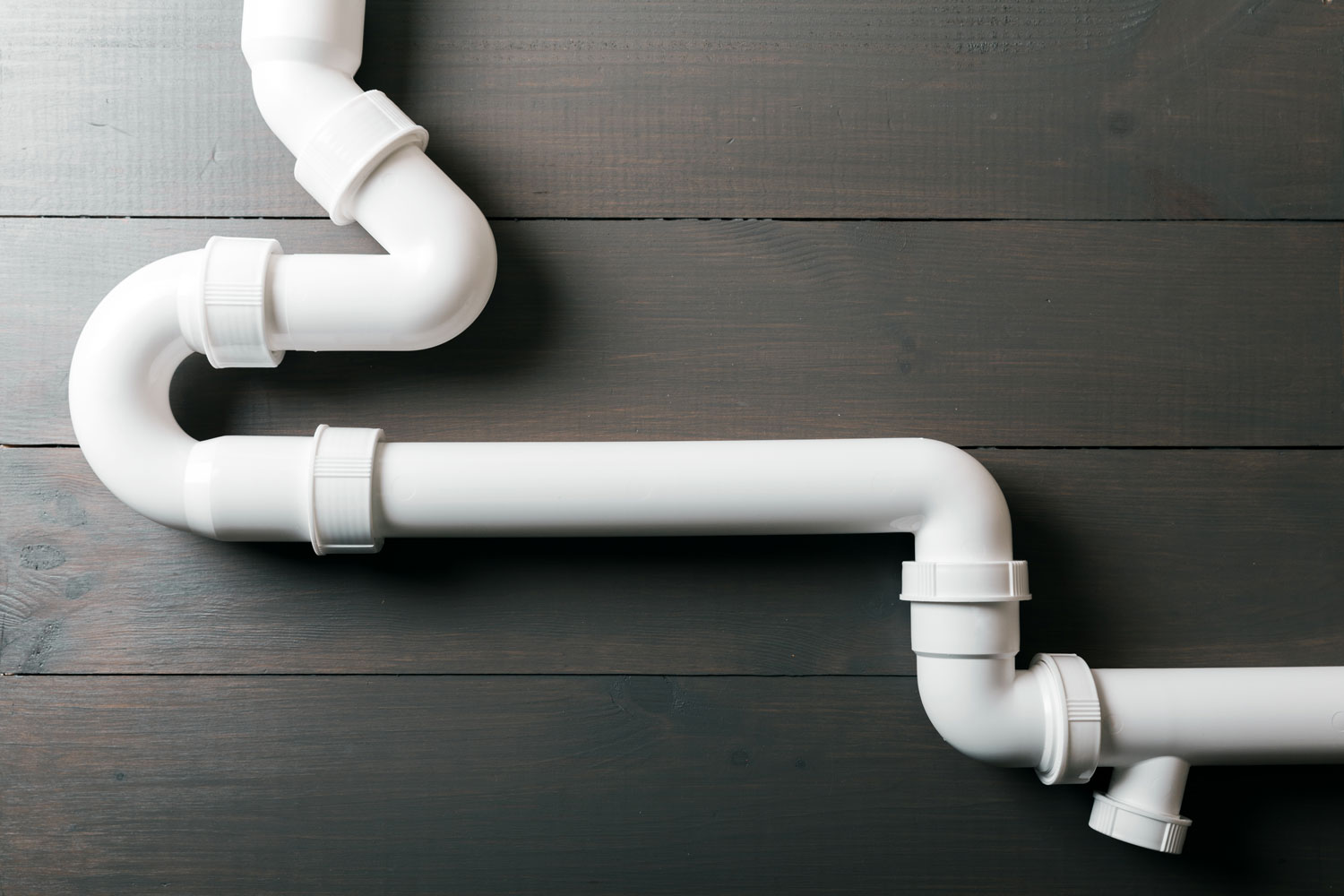
If you want your exterior pipes to simply blend in, you can just paint them the same color as your house's facade. This will make it easier for your eyes to take in, and it is a simple and risk-free solution.
Just make sure that your paint is compatible with your pipe, so it doesn't chip away. It is best to coat the surface first with a metal paint primer to make the color adhere completely.
Oil-based paint will be able to protect your pipes from stains and damage since they are stain-resistant. Their composition is also most compatible with metal.
Add matte coating
If you already have an industrial design, you can simply embrace the aesthetic. Do this by applying a matte coating on your metal pipes, giving them a more polished look that can pair well with your house's exterior.
This is especially ideal for PVC pipes. Simply coat them with a matte black or metallic paint to make them blend with your general design.
Hide with decorative pipe covers
Another way you can get creative with pipe concealment is to hide them with decorative covers. One example is to cover it with twine strings for a more rustic or beachy look, which can pair attractively with plants surrounding your plumbing.
If you want a more fun approach, you can cover them with a printed cloth. Some pipe covers can have novelty designs, making for a unique facade.
Doing this will make your pipes have better insulation, protecting them from freezing weather. They will also be protected from insects, pests, and harmful elements that may potentially pierce through the pipes and damage your plumbing system.
You can also cover the pipes with modular blocks. They act as a "box" to the pipes, easily protecting them from harmful elements.
Check out this pipe cover on Amazon.
Use exterior fixtures
One of the easiest ways you can hide exterior pipes is to simply make them hide behind existing fixtures in your garden. This may only be possible if the pipes are on low ground.
This way, you will be able to protect them from rowdy pets and kids who may play around the pipes and accidentally break them.
You can use potted plants, small water fountains, or a birdhouse.
Can you safely use plants to cover up pipes?
If you want to hide your pipes using plants, there are plants you need to steer clear of and plants you can safely use near your pipes. It is best to have slow-growing shrubs grow around your pipes, and you need to be careful about root penetration.
You can safely use the evergreen, magnolias, and cabbage palm around your water pipes.
If you want the foliage to climb up your water pipes to make an attractive exterior, go for weeping blue atlas cedar, plum yews, and fern spray cypress.
Avoid any plants with shallow roots since they can penetrate your pipes and damage your house's plumbing system.
How to deal with pipes in your interior
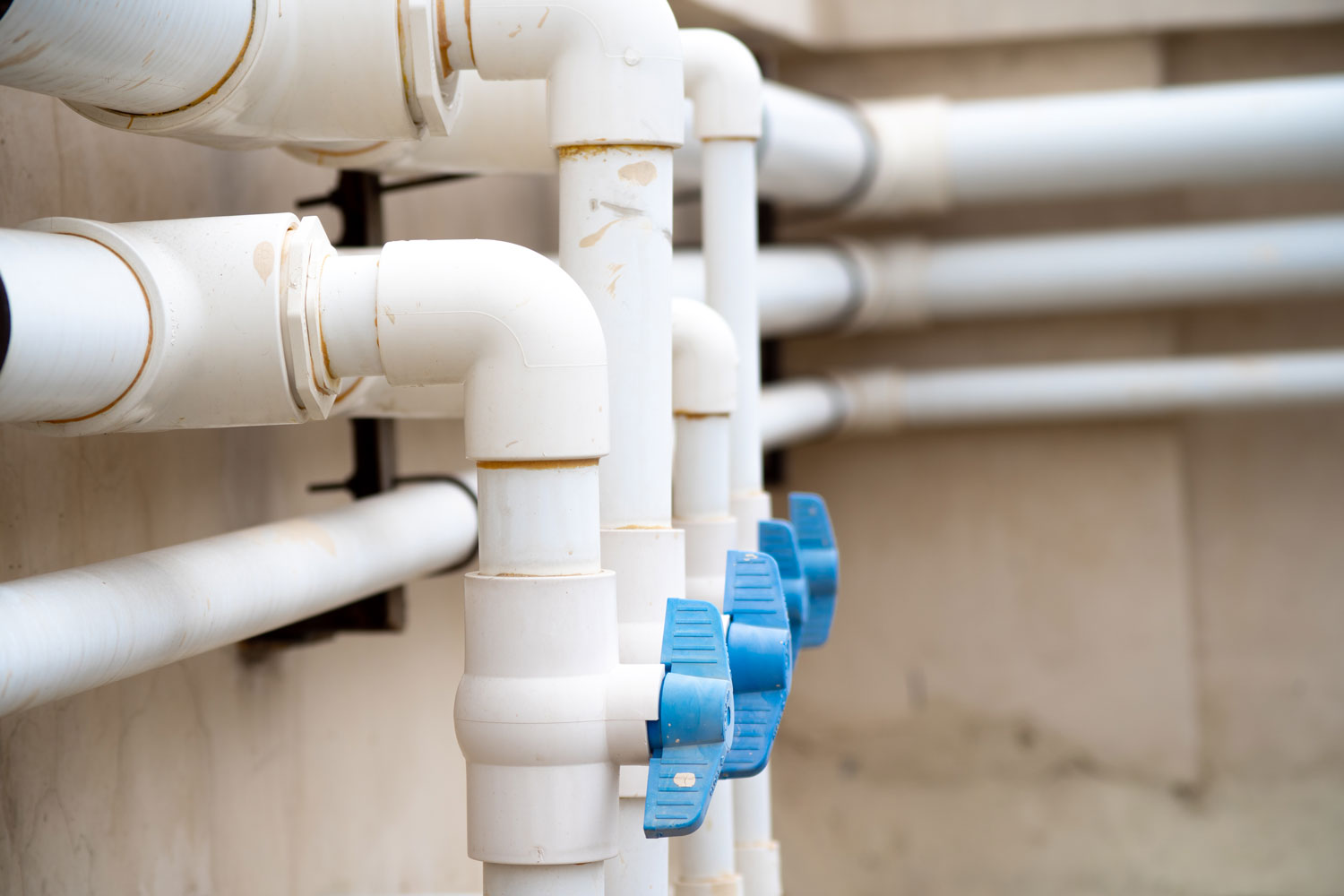
If you already have an idea of how to deal with exposed pipes outside, you can deal with indoor pipes. They are fairly easier to manage since they're not always an eyesore, and they can more easily blend with your interior.
Here are some ways you can decorate your indoor pipes.
Read: "How To Hide Kitchen Vent Pipe."
Make them blend in
Exposed pipes have an industrial charm. If your aesthetic leans toward a more cosmopolitan look, simply have them finished in any color to make them blend with your style.
However, that's not to say that they can't look elegant. Spray painting exposed pipes with gold gives off an elegant, vintage feel that can elevate any room.
The important thing about indoor exposed pipes is to make them look as if you intended to put them there on purpose. For example, you can make them more useful.
Make them functional
If your exposed pipes seem to surround your room, make it part of your daily routine. After spray painting them or polishing them, you can use them as a clothes hanger or a hat rack. You can even put fake foliage to make them look chic.
If you have a green thumb, make it a foundation for your vines. That way, it can have both functions as an indoor fixture and elevate your room design-wise.
Why do you need to cover pipes?
Covering your pipes also serves a practical purpose that can save you time, resources, and energy. Ideally, your pipe coverings should not only make your house look good but also be thick enough that they can provide insulation.
Here are reasons why you need to cover your pipes.
- Protects pipes from freezing over during cold seasons
- Controls condensation when humidity is high
- Maintains the shape of your pipes and prevents thermal expansion or contraction
- Protects the surface from burns during extremely high temperatures
Having your water pipes insulated only costs around $15, which is already a bargain considering you can save on energy costs every year with only that amount.
Read: "How To Hide Pipes In Laundry Room [11 Fantastic Ways!]"
Final thoughts
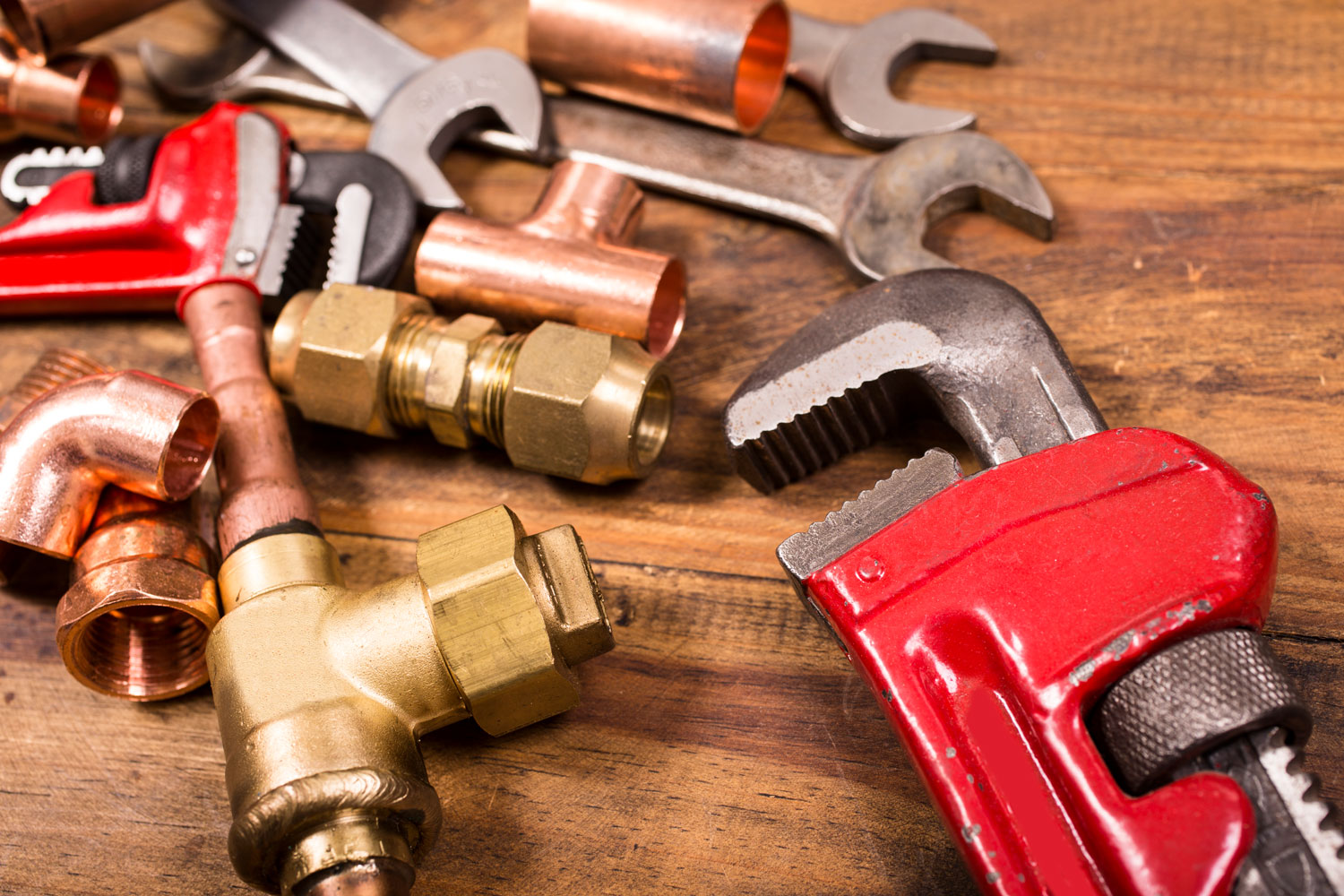
Covering your pipes has many benefits for just a bit of effort. All you need is the motivation to get creative and a little time to make it work. As with any house fixtures, making sure it is protected is key to avoiding expensive repairs.



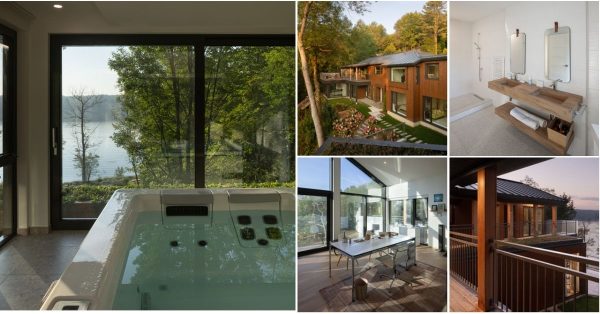
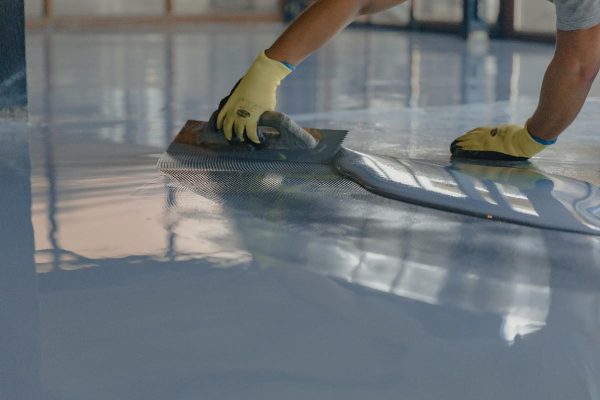
![Spacious maroon apartment with corner sofa, red armchair and wooden cupboard - What Color Goes With Maroon [11 Great Color Schemes]](https://homedecorbliss.com/wp-content/uploads/2022/06/Spacious-maroon-apartment-with-corner-sofa-red-armchair-and-wooden-cupboard-600x400.jpg)
You can purchase plastic or wooden pipe coverings at most hardware stores to match your decor. Simply spray some adhesive spray over the pipe and wrap your covering around it. Once you’re done, cut off any excess with a box cutter or a utility knife – make sure to be careful and watch your fingers!